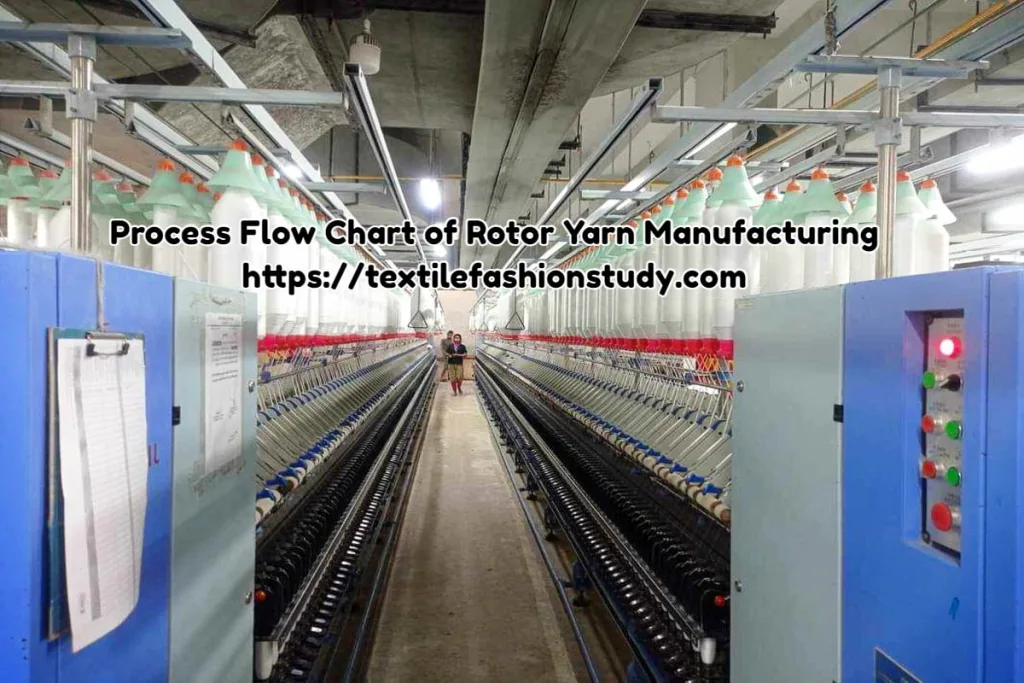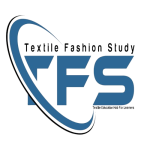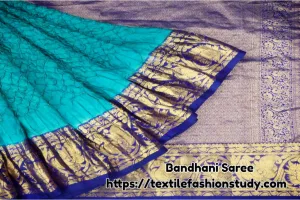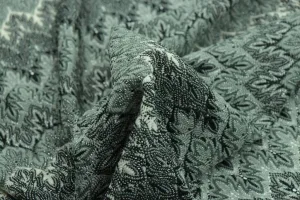Table of Contents
Rotor Yarn
The rotor spinning process is fully different from carded or combed spinning. Firstly, rotor yarn is coarser than carded or combed yarn. Moreover, the count of rotor yarn is very low. Most rotor yarn counts are below the ’20s, but the highest yarn count may be in the 40’s. Thus, the coarser fabric is formed by rotor yarn. At the present time, most jeans or pant is made of rotor yarn. Surely, denim is fully dependent on rotor yarn. The price of rotor yarn fabric is very low than combed and carded yarn fabric.

Process Flow Chart of Rotor Yarn Manufacturing
The followings are the rotor spinning production process.
Fiber/Bale → Blow Room → Lap/Chute
↓
Lap/Chute → Carding → Sliver (Carded)
↓
Carded Sliver → 1st Drawing frame → Drawing Sliver
↓
Drawing Sliver → 2nd Drawing frame → Drawing Sliver
↓
Drawing Sliver → Rotor Spinning → Rotor Yarn
↓
Winding
↓
Reeling
↓
Bundling
↓
Bailing
Lastly, in modern rotor cotton spinning lines; blow room and carding machines are used at a time. Hence, this technique is called “Chute to feed card” or “Chute to feed drawing”.
Rotor yarn is manufactured by twisting the rotor by a rotor spinning frame. In fact, short fiber is used to form rotor yarn. Rotor yarn is called open-end yarn also it is manufactured from coarser yarn. Overall, low investment requires to set up a rotor spinning mill than the other spinning systems. Besides, it is an ever-growing sector in the economic field. To clarify that, rotor yarn has significant advantages such as higher production, low hairiness, more even yarn with good bulkiness which gives domination power over all the spinning systems. In a spinning mill, 5s, Kaizen, TQM, and other compliance should apply for getting better production efficiency.
Finally, the Rotor spinning number is less than combed or carded spinning. Low graded fiber spin in rotor spinning.





